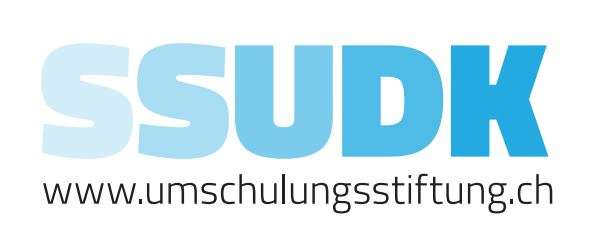Emma, you are currently in a professional transition. What inspired you to do this and what challenges and opportunities have you experienced in your transition?
Learning about the foundations of boundary and consent based practices in the work of Intimacy has been a kind of confrontation with my own training and professional experience in dance. The work of Intimacy Direction is a complex and often underutilized discipline in dance contexts. Dancers already have a deep generational practice and expert knowledge of touch and tactile instruction. Part of the work of Intimacy Direction looks to the cultures in which this work takes place, recognizes and names the power structures there and strives to normalize boundary and consent based practices for live performance.
Intimacy Directors, in addition to existing care practices in dance, are there to support both the wellbeing of artists and the quality of their art.
I had the chance to see this work come alive for young dancers (ages 14-16) in a recent workshop I lead with Jürg Koch at NWT Bern.
I heard the students describe how their dancing became more daring after practicing boundary check ins prior to improvising. Delineating limits allowed them to play fearlessly!
I’m currently making plans to develop a workshop for professionals and practitioners along similar lines at a Lab with PT Basel in June this year.
And on June 27th my residency at Prozess BE, Dancing Intimacies will come to a close with a reading by Dr. Claire Vionnet from her soon to be published book by the same title.
What skills or experiences from your dance career can you use in your new professional field?
Being a dancer, I recognise the need for vulnerability and trust in any choreographic process, and how the practice of boundaries and consent help make that possible. I bring with me an understanding of the hierarchal structures in theater and dance spaces and an awareness of the culture and ethics of dance training. I also recognize any artistic process navigates unknowns and sometimes discomfort. In turn this supports the idea of defining thresholds or boundaries before they are reached.
Dance shares with the intimacy profession similar vocabulary for directing movement. Vocabulary describing levels of touch, for example or the distance between body parts or bodies opening and closing. The language is concise and codified and aims to avoid being loaded, coercive or sexualised.
Like in dance, Soft Skills are highly valued in the role of an Intimacy Director. The ability to read non-verbal communication, to be an active listener, to confidently express needs and receive and integrate feedback helps an ID collaborate with performers and director on choreography for scenes of intimacy and/or hyper exposure.
How do you see your professional future? Are there any special projects or visions that you are pursuing?
Helping to advocate for performers across artistic disciplines and disrupting harm in training environments.
New Zealand born, Emma Lorien Murray works in the field of performance and choreography, producing adept and sometimes absurd physical translations for the contradictions and complexities of being alive. Since 2008 she has established herself as a Swiss based choreographer and performer, producing her own work while continuing to teach, act and assist in choreographic and theater projects throughout Switzerland. From 2013-2015 Murray was Pro Helvetia Young Associated Artist and Artist in Residence at the Dampfzentrale Bern, where her work continues to be regularly co-produced. Since 2013, and in recognition of her emerging presence in both national and international settings, she has been the recipient of support from the City of Bern and Pro Helvetia Switzerland.

